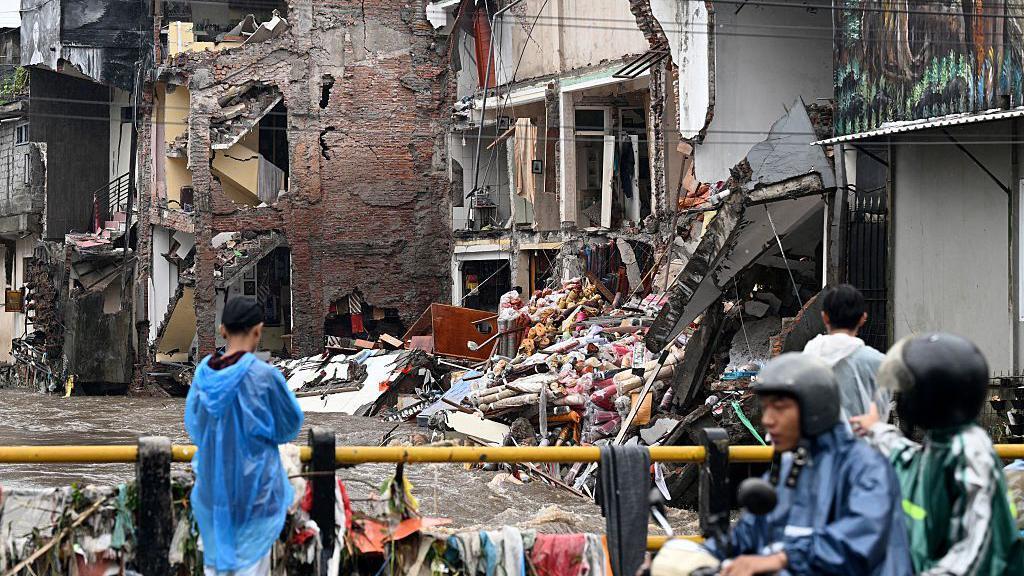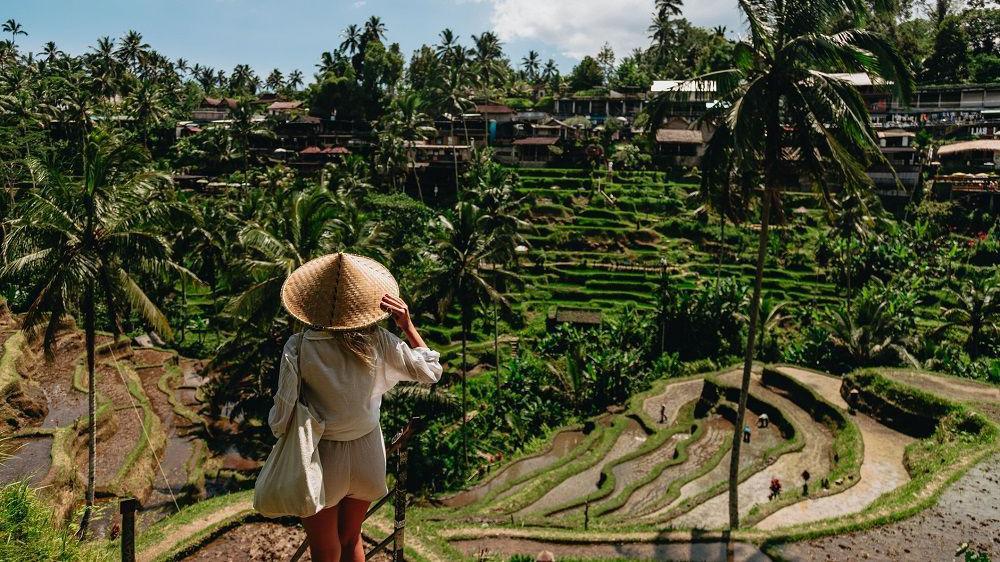Bali, the tropical paradise of Indonesia, has long been a dream destination for travelers seeking sun, surf, and spiritual retreats. Its vibrant culture, stunning landscapes, and serene beaches have drawn millions to its shores over the years. However, in recent times, the island has faced a growing wave of disillusionment among visitors. One such traveler, Zoe Rae, shared her experience on YouTube, expressing how her expectations were not met upon arrival.
“We came to Bali with high expectations because we’d seen on social media everyone having such a lovely time,” she said in a video filmed in her hotel room. “If you took a picture of the coffee shop and zoomed out, you would see what the reality was.” While she did not elaborate further, her decision to book an impromptu flight to Dubai to continue celebrating her wedding anniversary suggests that the reality of Bali left her unsettled.
The contrast between the idyllic images often shared online and the actual experiences of tourists is becoming increasingly evident. Social media posts abound with comparisons between expectations and reality. These include scenes of diners enjoying sunset views at beach-side restaurants, only to find piles of rubbish along the rickety stairs leading to them. Others pose for photos in front of waterfalls while waiting in long lines on slippery rocks. The juxtaposition of eco-friendly smoothies with bamboo straws beside soot-puffing motorcycles stuck in traffic highlights the tension between sustainability and mass tourism.
Millions of visitors flock to Bali each year, lured by the promise of a spiritual Shangri-La, as popularized by the memoir and filmEat, Pray, Love. What they often encounter instead are overcrowded beaches, heavy traffic, and the constant noise of construction. This surge in tourism has placed immense pressure on the island’s resources and environment.
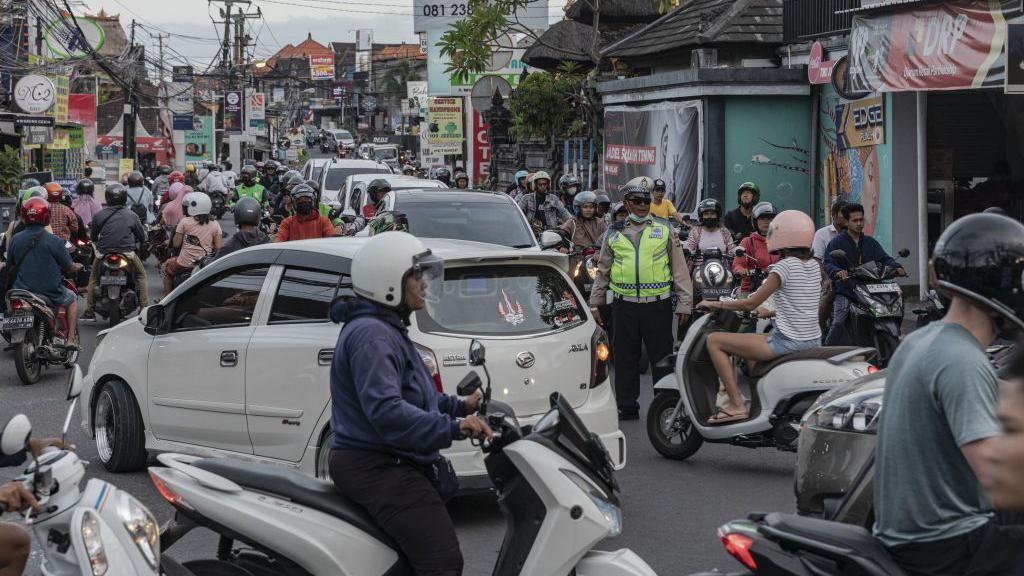
The strain on Bali has led to growing frustration among locals and visitors alike. This month, the situation took a somber turn when more than a dozen people lost their lives in rare floods. Poor waste management and unchecked urban development were cited as contributing factors. In response, the local government announced restrictions on new construction, but many argue that these measures are insufficient and too late.
How did Bali, once celebrated as the “last paradise,” arrive at this point? The island has attracted Western adventurers since the early 20th Century, initially seen as an exotic backwater filled with Hindu temples and rice fields. Spirituality and a deep reverence for nature are central to Balinese culture. Monkeys, cows, and birds are considered sacred, and ancient trees are believed to house spirits. Mount Batur, a popular trekking destination, is thought to be protected by a goddess.
Travel writer Gisela Williams, who has visited Bali since the 1990s, notes that the island’s myth of utopia and beauty stems from its unique Hindu culture. Over the past decade, tourism has surged, with visitor numbers rising from 3.8 million in 2014 to 6.3 million last year. This year is expected to set another record, with over seven million foreign tourists anticipated.

Today, Bali is better known for its beach clubs, surf houses, and luxury accommodations rather than its traditional culture. Alcohol is widely available, and casual attire is more common than in other parts of Indonesia. Many visitors seek out the island’s upscale hotels, villas, and spas.
“Westerners take advantage of the affordability of a luxury lifestyle,” Williams explains. “Social media has created a superficial understanding of the place. You just see a picture and then go.”
Zoe Rae’s experience reflects the growing disconnect between the idealized image of Bali and the reality many travelers face. Hollie Marie, a British content creator living in Bali, warns that relying solely on Instagram can give a distorted view of the island.
“The problem with Bali is people come here and only stay in certain areas because they want to see cute cafes and Instagrammable places,” she says. “They miss out on the cultural richness of the island.”
Those who live in Bali or explore beyond the obvious tourist spots often discover a different side of the island. From dolphin-watching excursions to lush landscapes in the north, Bali’s natural beauty remains vibrant. Canny Claudya, who moved from Jakarta, emphasizes that the island is much more than its party-centric destinations.
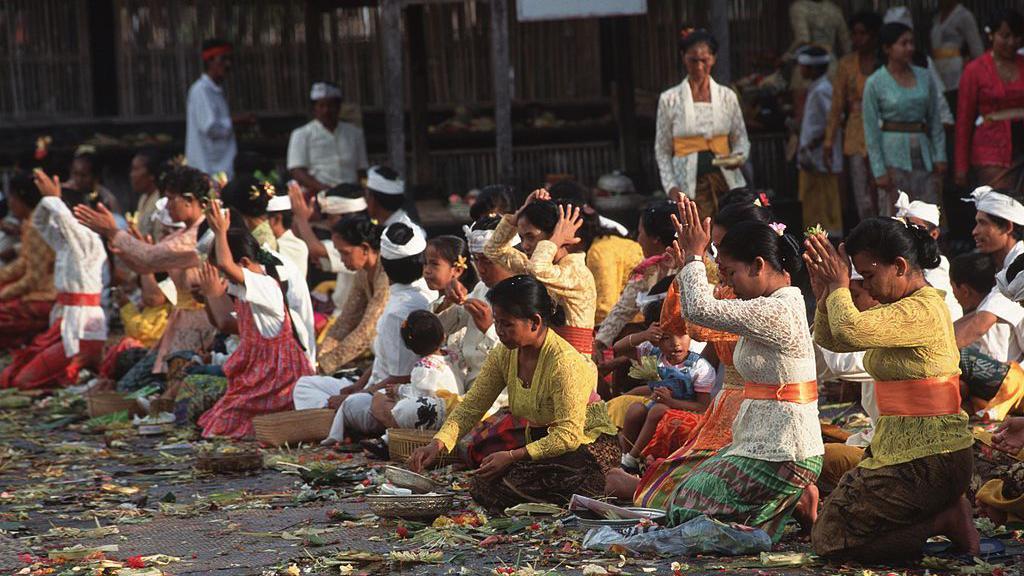
However, locals acknowledge that the island has changed significantly under the weight of tourism. I Made Vikannanda, a researcher advocating for Bali’s protection, points out the irony in complaints about overcrowding.
“When tourists say they’re disappointed with Bali being more crowded, they’re also part of the crowd,” he says. “It’s like when we’re in traffic, we complain about it, but we’re the ones driving the cars.”
Ni Kadek Sintya, a 22-year-old resident, recalls a time when she could ride her scooter through quiet roads in Canggu, stopping to enjoy lunch in paddy fields. Today, the area is congested, with traffic and construction dominating the landscape.
“I feel that Bali is being eroded day by day,” she says.

As tourism continues to grow, businesses and developments spread across the island. Once-quiet neighborhoods like Canggu have transformed into hubs for surfers and digital nomads. Pererenan, to the north, is now seen as a more laid-back alternative to Canggu. Meanwhile, resorts in Ubud market themselves as sanctuaries away from the south’s chaos.
However, this expansion comes with challenges. “There’s a real catch-22,” Marie says. “Encouraging people to visit different areas is good, but it can lead to overdevelopment.”
Tourists are also facing scrutiny for misbehavior, including accidents involving intoxicated riders, public nudity at sacred sites, and drunken brawls. Recent tensions have been exacerbated by the influx of Russians and Ukrainians fleeing the war.
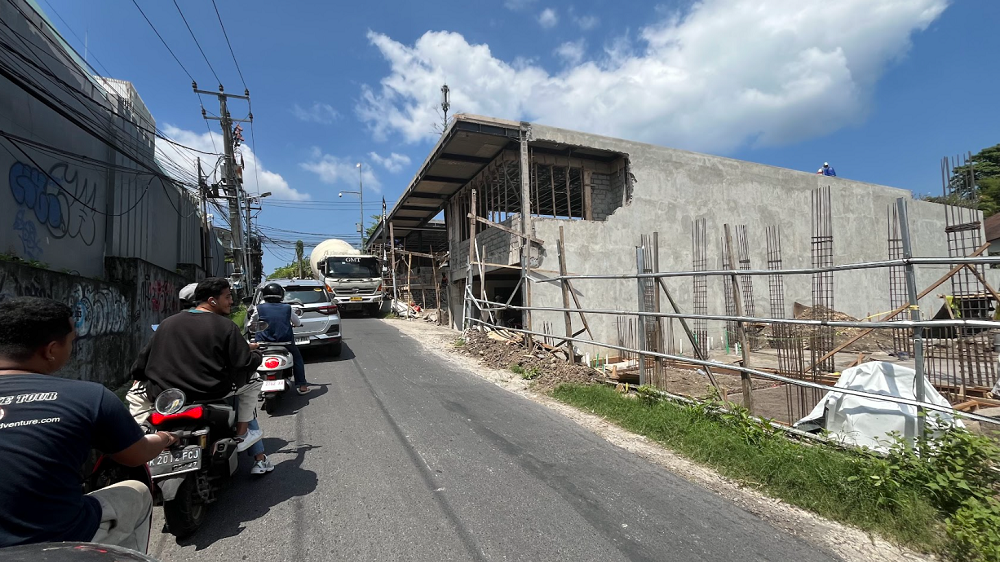
Local resentment is growing, with social media users calling out tourists for their actions. Despite this, the Balinese are known for their hospitality.
“It can feel like I’m being trapped,” says Sintya, who relies on the stability of the tourism industry. “We live on tourism. So if we stop it, what will we survive on?”

Despite the challenges, some remain optimistic. Mr. Vikannanda believes that Bali’s development and natural harmony can still be maintained. Efforts toward sustainability, such as waste management education and beach clean-ups, are gaining traction.
Authorities have also taken steps to regulate tourism, banning single-use plastics and issuing behavior guidelines for visitors. Police are deployed to popular areas to ensure compliance.
Maria Shollenbarger, travel editor at the Financial Times’How To Spend It, notes that the Indonesian government is beginning to recognize Bali as a natural asset, not just a tourist market.
“Bali is a crucible of overtourism,” she says. “But no matter where you’re going in the world, it’s important for travelers to engage responsibly with their destinations.”
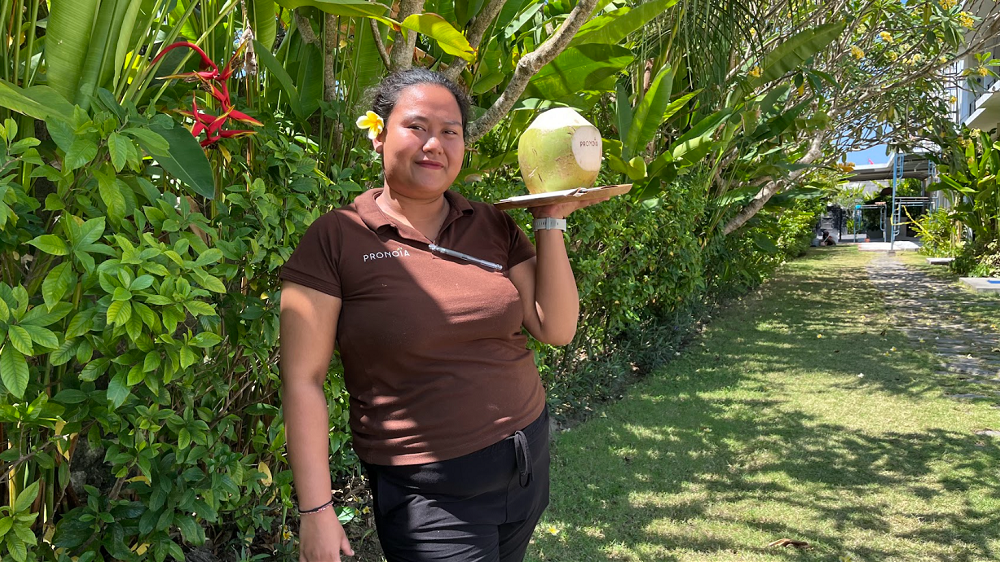
As Bali grapples with the consequences of its popularity, the question remains: can the island maintain its charm while accommodating the demands of modern tourism?
